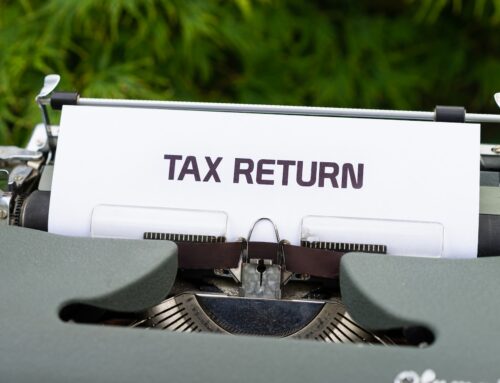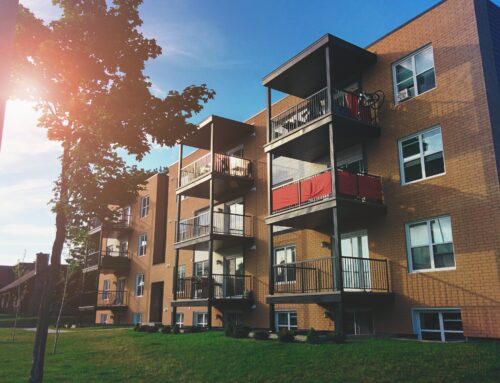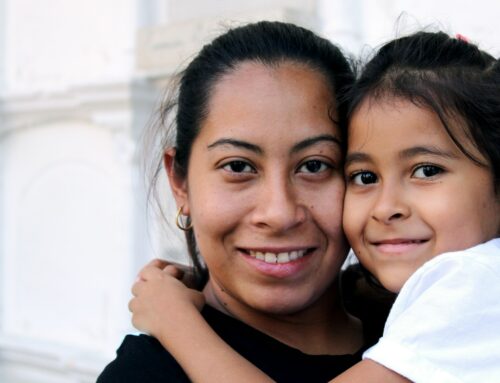In Québec, as you would expect, there are highway rules that all drivers must obey. Some driving laws might be the same as in your home country, but it’s important to be aware of the ones that are different. You will also notice that the road signs can be slightly different, or entirely surprising.
Here are a few important driving rules you should know about:
- Speed limits are from 30 to 40 kilometres per hour in school zones, from 40 to 50 kilometres per hour in residential zones, from 60 to 70 kilometres per hour on major city arteries, from 80 to 90 kilometres per hour in the countryside and 100 kilometres per hour on highways.
- If you are followed by a police car with its lights on, you are required to pull over. Stay in the vehicle and prepare your driver’s license, registration certificate and proof of insurance. This is a serious matter, so do not joke or offer any sort of bribe.
- If you see a school bus with its stop signs lifted out from the bus, you must stop, even in the middle of the street, and even if you’re across the street and facing the bus.
- When you’re on a highway with three or more lanes, it is customary (and a safe practice) to leave the right lane open for entering and exiting vehicles. Try to avoid overtaking from the right, though. If you see a police car or any vehicle on the emergency lane or roadside, you are required to leave a safety corridor when passing it. This means move over to the farthest lane and reduce your speed.
- Speed limits are lowered when there is roadwork. Respect these temporary signs. Traffic fines are doubled!
- There are STOP signs at each intersection; generally, the rule is that the first at the intersection is the first to go. Depending on the area, the “stop” sign might be “STOP” or “ARRÊT”. When stopping at a “stop” sign or at a traffic light, don’t stop at the light but before the intersection (look at the road markings) or you will be caught between the other cars.
- At an intersection where everyone has to stop, you have to leave priority to the first vehicle arrived (instead of to the vehicle on your right for instance).
- Québec uses a conventional three-colour traffic lights: green, orange, red. The orange light means that the light is about to turn red, so warning drivers to prepare to stop. There is also a light for pedestrians, with a timer. The timer tells you when the light will turn red; when the light is about to turn red, a “hand” will appear, telling you that it might be dangerous to cross the road.
- At many intersections in Québec, it is permitted to turn right at a red light (although not on the island of Montréal). Drivers turning right at a red light must still yield to any vehicles, cyclists or pedestrians using the intersection.
- A flashing green light at an intersection means your direction has the right of way, and you can safely turn left. You can yield and then turn right when the light is red, except on the island of Montréal.
- Anyone driving under the influence (DUI) of drugs or alcohol will be severely punished. Québec, as with the rest of Canada, enforces very strict drunk-driving laws. The level of alcohol is limited to 80 milligrams for 100 millilitres of blood; which translates as 0.08 Blood Alcohol Content.
- Although marijuana use and possession became legal in October 2018, driving under the influence of cannabis remains a serious offence, comparable to drunk driving. New penalties could also afford the immigration status for those seeking permanent or temporary residency.
Check out our blog posts for more information on how to rent a car in Montréal, or for ideas on where to drive to in Québec.
Photo credits: Unsplash







Leave A Comment